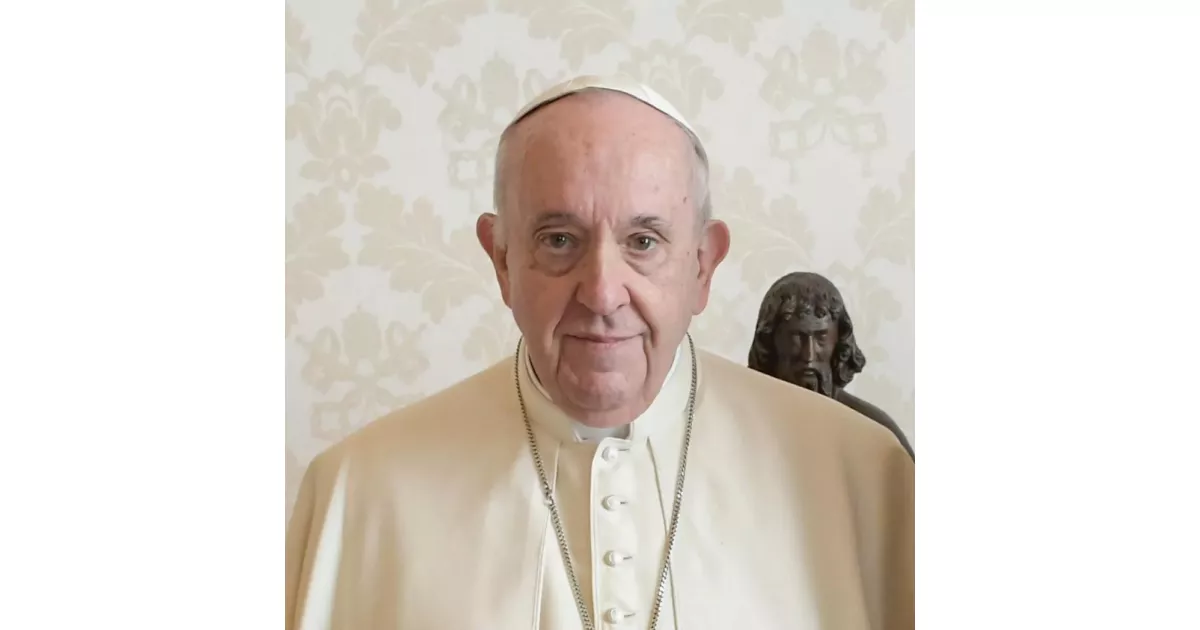An overview of the childhood and early education of Pope Francis, highlighting the experiences that shaped the journey.
Pope Francis served as the head of the Catholic Church and sovereign of the Vatican City State from March 13, 2013, until his death in 2025. He held the distinction of being the first Jesuit pope, the first pope from Latin America, and the first pope born or raised outside of Europe since the 8th century. His papacy marked a significant shift in the Church's leadership and geographical origins.
1929: Bergoglio Family Emigration
In 1929, Mario Bergoglio's family left Italy to escape the fascist rule of Benito Mussolini.
December 1936: Jorge Mario Bergoglio's Birth
In December 1936, Jorge Mario Bergoglio, later known as Pope Francis, was born. He would become the head of the Catholic Church and sovereign of the Vatican City State in 2013.
December 1936: Birth of Jorge Mario Bergoglio
On 17 December 1936, Jorge Mario Bergoglio, who would later become Pope Francis, was born in Flores, a neighborhood of Buenos Aires. He was the eldest of five children.
March 1958: Entered the Society of Jesus
On 11 March 1958, Jorge Mario Bergoglio entered the Society of Jesus as a novice after being inspired by a priest.
1958: Inspired to Join the Jesuits
In 1958, Jorge Mario Bergoglio was inspired to join the Jesuits after recovering from a severe illness.
March 1960: Became an Official Jesuit
On 12 March 1960, Jorge Mario Bergoglio officially became a Jesuit when he made his religious profession with the initial, perpetual vows of poverty, chastity, and obedience.
1964: Taught at Colegio de la Inmaculada Concepción
From 1964 to 1965, Jorge Mario Bergoglio taught literature and psychology at the Colegio de la Inmaculada Concepción in Santa Fe.
1965: Taught at Colegio de la Inmaculada Concepción
From 1964 to 1965, Jorge Mario Bergoglio taught literature and psychology at the Colegio de la Inmaculada Concepción in Santa Fe.
1966: Taught at Colegio del Salvador
In 1966, Jorge Mario Bergoglio taught literature and psychology at the Colegio del Salvador in Buenos Aires.
1967: Began Theological Studies
In 1967, Jorge Mario Bergoglio began his theological studies at Facultades de Filosofía y Teología de San Miguel.
December 1969: Ordained as Priest
On 13 December 1969, Jorge Mario Bergoglio was ordained as a priest by Archbishop Ramón José Castellano.
1969: Ordination as a Catholic Priest
In 1969, Jorge Mario Bergoglio was ordained as a Catholic priest.
April 1973: Took Final Vows as a Jesuit
On 22 April 1973, Jorge Mario Bergoglio took his final vows as a Jesuit, including the fourth vow of obedience to missioning by the pope, at Alcalá de Henares, Spain.
1973: Pilgrimage to Jerusalem
In 1973, Jorge Mario Bergoglio made a pilgrimage to Jerusalem, but his stay was shortened by the outbreak of the Yom Kippur War.
1980: Rector of Philosophical and Theological Faculty of San Miguel
In 1980, Jorge Mario Bergoglio was named the rector of the Philosophical and Theological Faculty of San Miguel. He also spent the first three months of 1980 in Ireland to learn English.
April 2005: Attended Funeral of Pope John Paul II
In April 2005, Jorge Mario Bergoglio attended the funeral of Pope John Paul II and was considered one of the papabile for succession to the papacy.
2007: Established Weekly Mass
In 2007, shortly after Benedict XVI introduced new rules for pre–Vatican II liturgical forms, Jorge Mario Bergoglio established a weekly Mass in this extraordinary form of the Roman Rite.
April 2015: Inauguration of the Jubilee Year of Mercy
In his April 2015 papal bull of indiction, Misericordiae Vultus (The Face of Mercy), Pope Francis inaugurated a Special Jubilee Year of Mercy.
December 2015: Start of Jubilee Year of Mercy
On 8 December 2015, Pope Francis started the Jubilee Year of Mercy, which was to run to the last Sunday before Advent.
November 2016: End of Jubilee Year of Mercy
On 20 November 2016, the Jubilee Year of Mercy concluded on the Solemnity of the Feast of Christ the King of the Universe.
March 2020: Response to COVID-19 Pandemic
During the COVID-19 pandemic in March 2020, Pope Francis canceled his regular general audiences at St. Peter's Square, offered prayers, and pleaded "not to leave the ... people alone" after the closure of churches in the Diocese of Rome.
March 2020: Establishment of Vatican COVID-19 Commission and Urbi et Orbi Benediction
In March 2020, Pope Francis asked the Dicastery for Promoting Integral Human Development (DPIHD) to create a Vatican COVID-19 Commission, and on 27 March gave an extraordinary benediction Urbi et Orbi.
2021: Health problems prompt resignation rumors, which Francis dismisses.
In 2021, Pope Francis's health problems led to rumors about his potential resignation, which he dismissed.
2024: Cardinal Composition after 2024 Consistory
After the 2024 consistory, there were 110 cardinals appointed by Pope Francis under the age of 80 and thus eligible to vote at a papal conclave.
February 2025: Francis enters Gemelli Hospital due to Bronchitis
In February 2025, Pope Francis was admitted to Gemelli Hospital in Rome due to bronchitis. He stayed for over a month due to a polymicrobial infection, bilateral pneumonia, and required mechanical ventilation. He was discharged on March 23 after blessing a crowd.
April 2025: Francis's Final Easter Address and Death
In April 2025, Pope Francis made his last public appearance at St. Peter's Square on Easter Sunday, delivering his final Easter address and calling for a ceasefire in Gaza. He passed away on Easter Monday, April 21, 2025, at the age of 88, due to a cerebral stroke leading to cardiac arrest.
Mentioned in this timeline
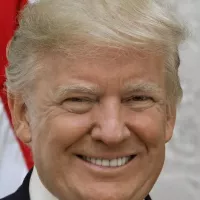
Donald John Trump is an American politician media personality and...
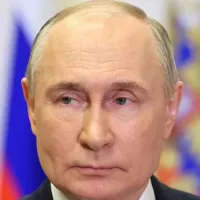
Vladimir Vladimirovich Putin is a Russian politician and former intelligence...

Instagram is a photo and video-sharing social networking service owned...
Ukraine is a large country in Eastern Europe second in...
Venezuela officially the Bolivarian Republic of Venezuela is a country...
Sudan officially the Republic of the Sudan is a country...
Trending

28 days ago Ryan Seacrest's Impressive Workout: Biceps Bulge Surprises Fans After Hollywood Exit

3 months ago Analyst Predicts Jaylen Brown Could Be in the MVP Conversation in 2025-2026 NBA Season

9 months ago Jenny McCarthy calls marriage to Donnie Wahlberg the 'cherry on top' of life.
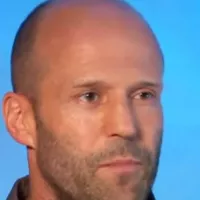
1 month ago Jason Statham's 'A Working Man' achieves streaming success despite mixed reviews, replacing The Beekeeper.

27 days ago Josh Giddey Confronts Courtside Spectator During Bulls-Hornets Game; Fan Ejected After Altercation.
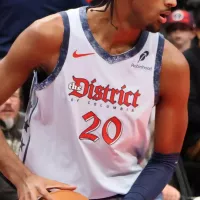
10 months ago Alex Sarr Shines as Wizards Beat Pistons: Sarr's 19 Points Not Enough
Popular

XXXTentacion born Jahseh Dwayne Ricardo Onfroy was a controversial yet...
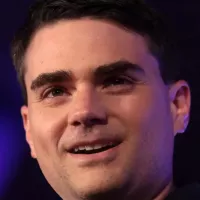
Ben Shapiro is a prominent American conservative political commentator media...

Candace Owens is an American conservative political commentator and author...

William Franklin Graham III commonly known as Franklin Graham is...
The Kennedy Center Honors are annual awards recognizing individuals and...

Stranger Things created by the Duffer Brothers is a popular...
